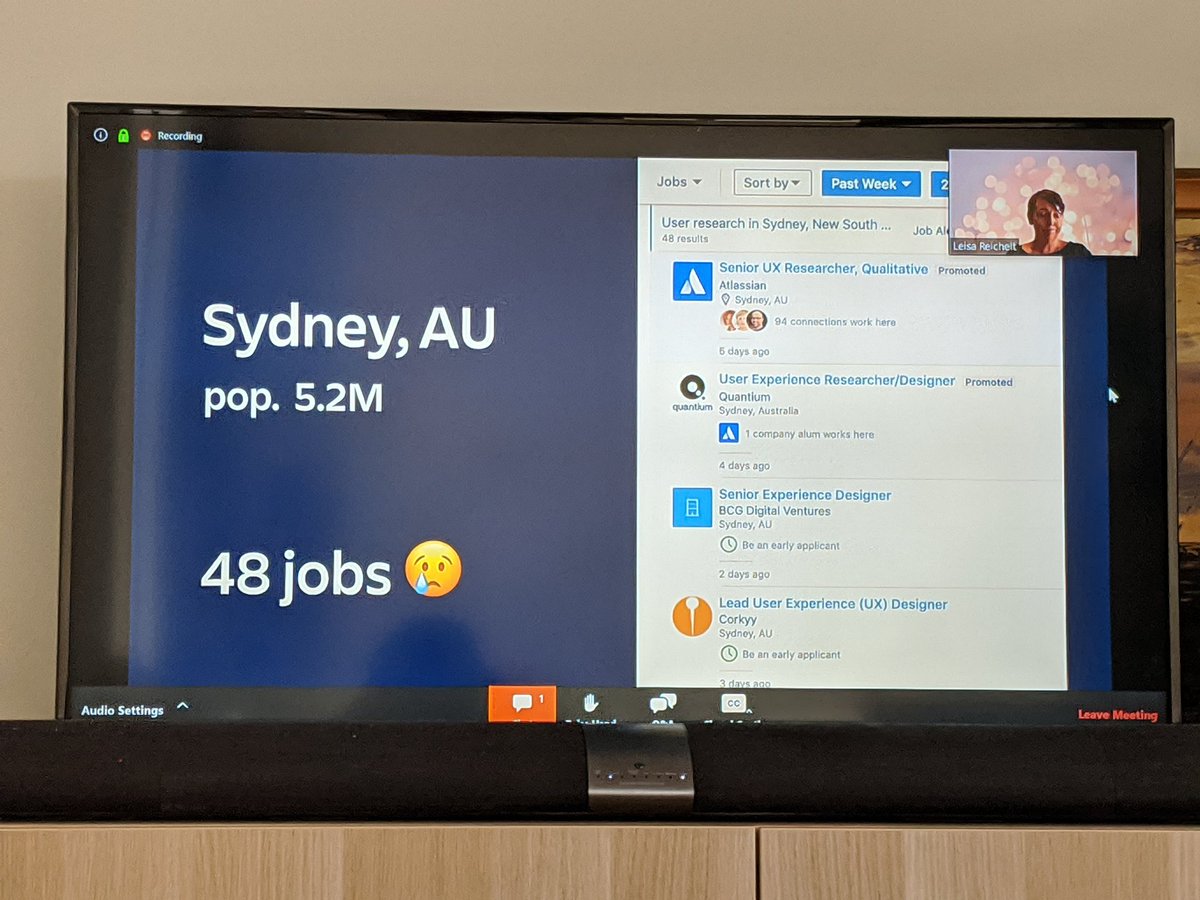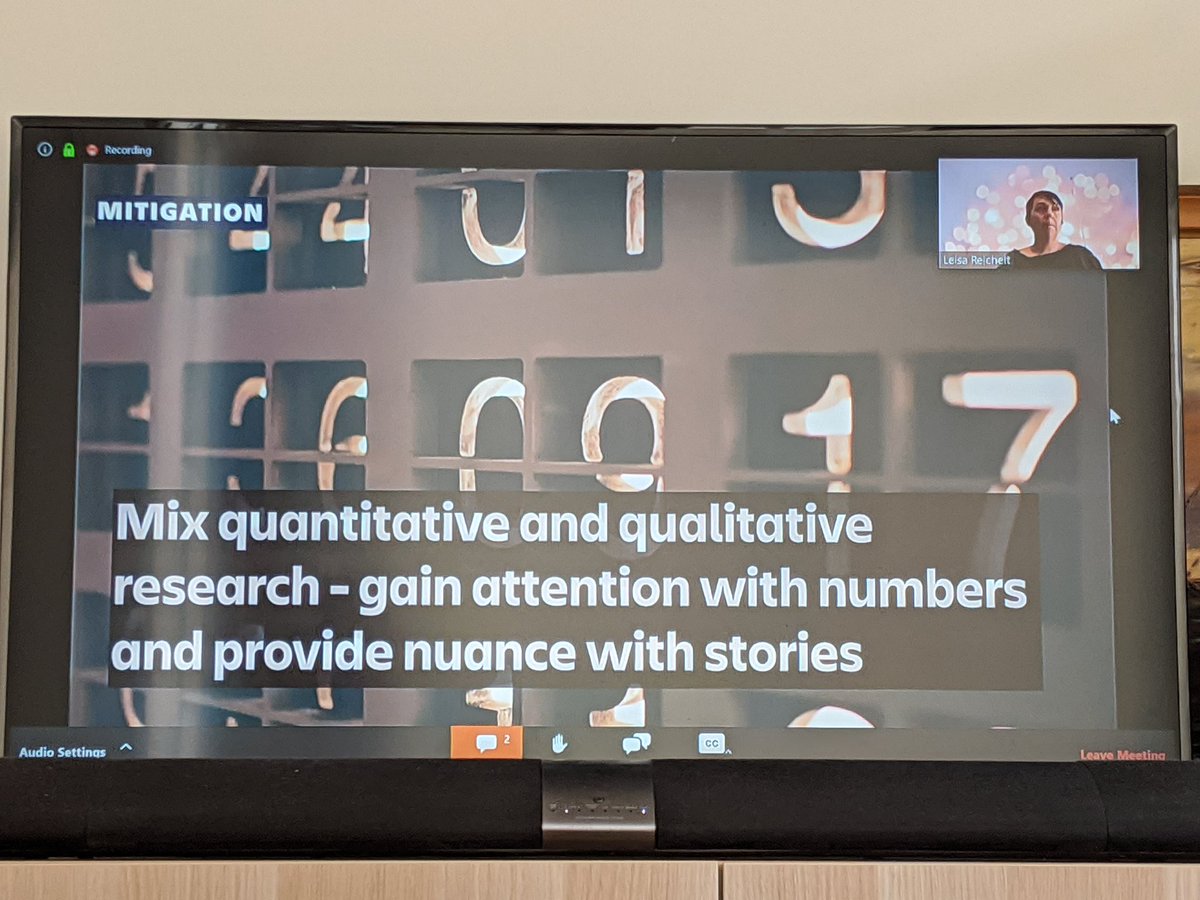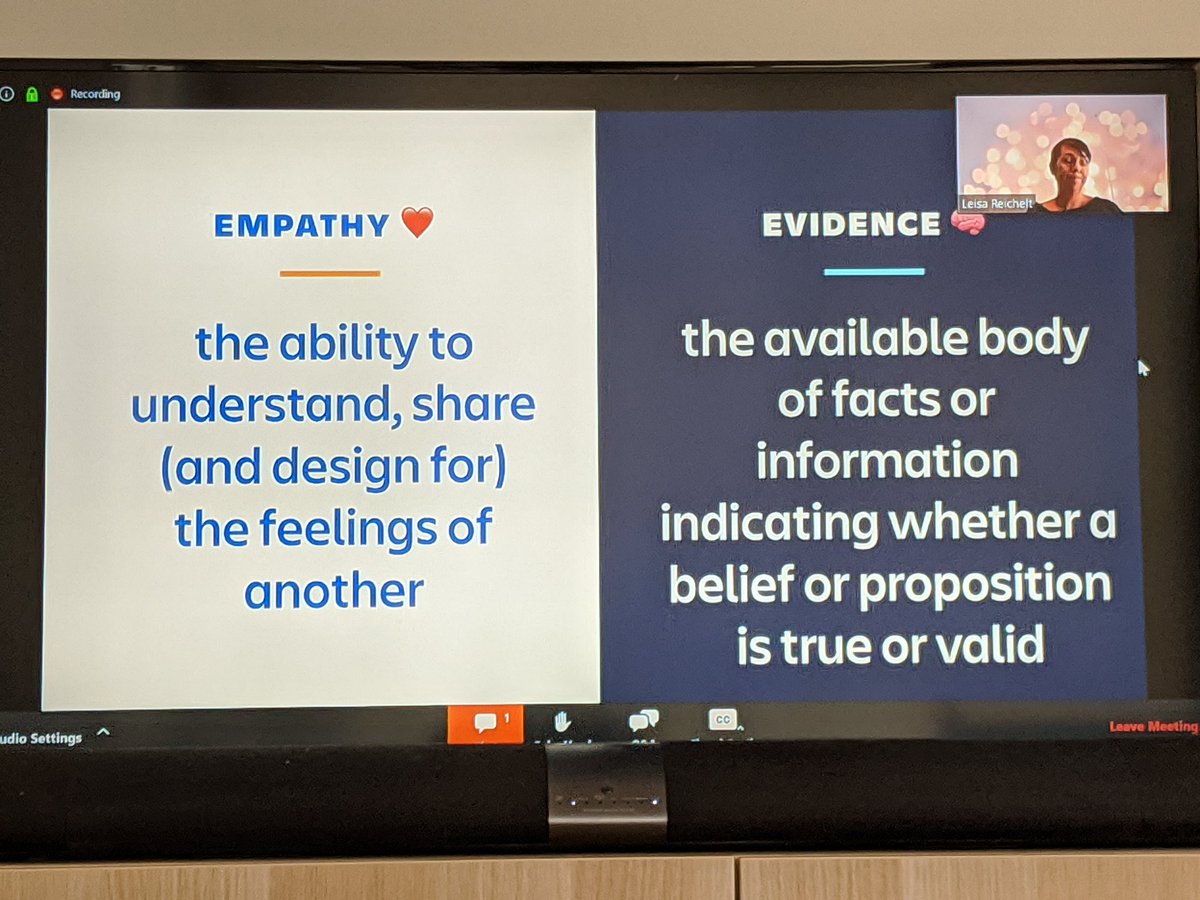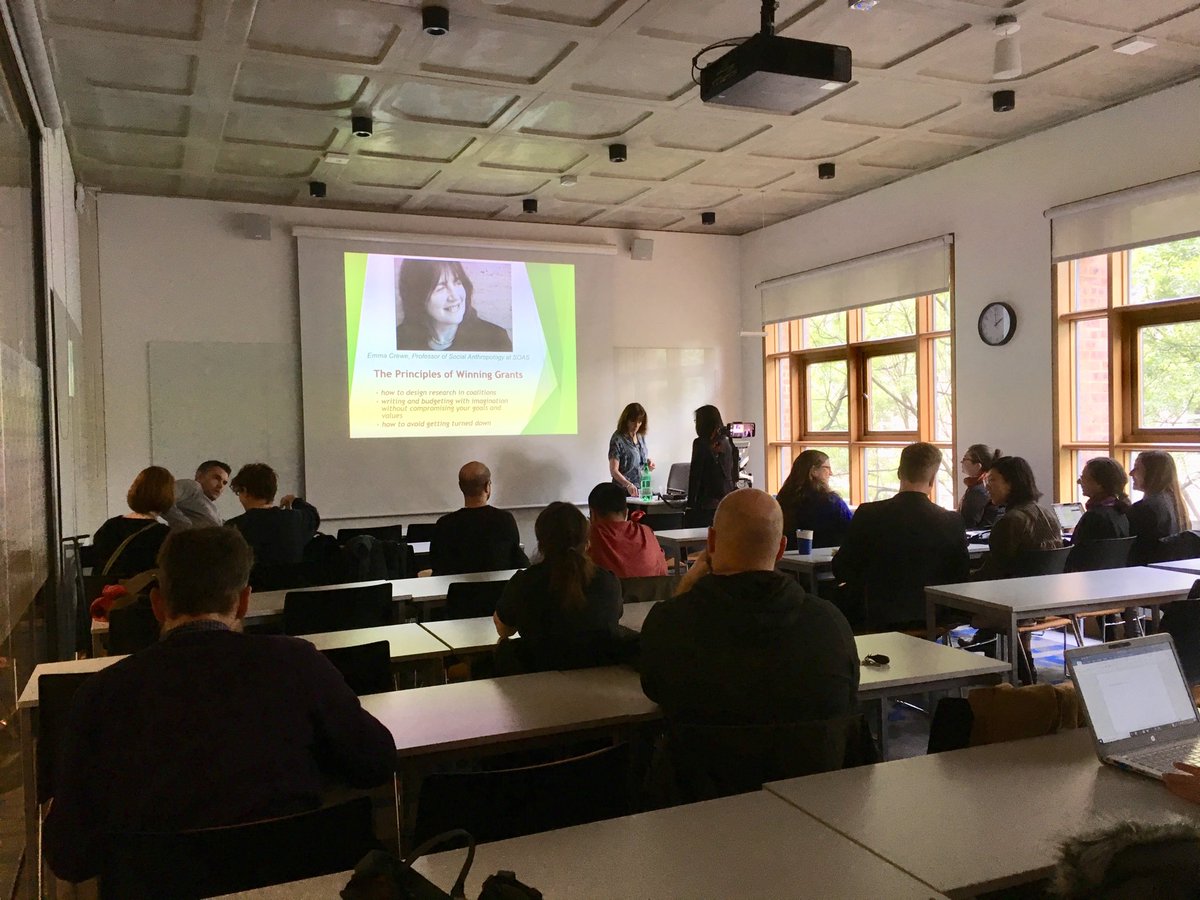Particularly where we run into issues scaling.
It's become a redundant question.
Today the reality is that all kinds of people believe it is part of their roles to conduct research with customers and users.
The first quality trade off is in recruitment.
People with relevant experience & context.
Recruitment can be very time consuming.
Unsurprisingly they'll compromise on the recruitment.
1. You relax the recruitment brief
2. You go to online sources where the screening is easier to pass.
If you have people answering questions that were meant for other people you're likely going to invalidate the information you receive from the participant.
It's about being aware and acknowledging what you are trading off and how that impacts your research and the product.
Ask yourself "Are we getting enough of the picture to be able to make a good decision"
Aligning on the bigger picture helps you have shared priorities and keep us connected to the customer purpose.
Steve is not giving this advice to organisations who have mature practices and resources.
He is giving this to organisations that currently do no research.
A: We use a range of channels to recruit because it gives you the opportunity to optimise for the channel, and gives you a plan A,B,C if one is not working.
A:You have to do things that achieve that for yourself. What are you doing, how are you doing it, what do you need to do to meet that need more effectively.
A: don't have any that are publicly available but will put one together soon. You can look online to find it
A: when I'm working with a large organisation I use a train metaphor, no-one is going to stop for you but you pick a train to jump on, understand what the needs are and try and provoke questions.
Telling them "these are the questions you need to answer" will not work
Sometime you conduct research that no-one has asked for because you know it will provoke those questions.
A: it used to pop up mid task, it was a live number and huge amounts of time were spent trying to figure out why it was bouncing.
We capture it using the happiness tracking survey, it's our of product and we survey via email.
We also changed the analysis process.
We do monthly update on numbers, do quarterly reports, we get the whole team to do the analysis.
A: try to setup a continuous format building your knowledge over time, maybe not super frequently but over time. After some time you will have enough people to do some analysis
Be careful not to use low cost tools
A: one way, weigh up how long it takes for your designers to do on-top of their job and what risk you're introducing by not having a researcher.
A: we do it as a team, from a product point of view the buck stops with the product manager.
#designresearch2020






































